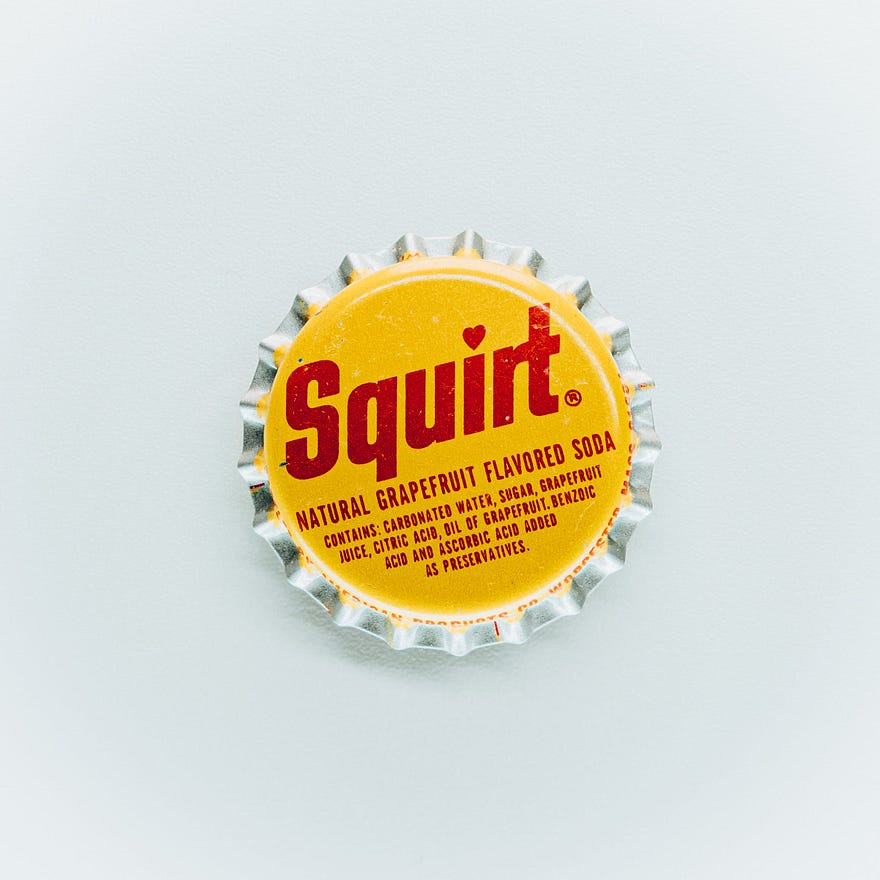7 Wicked Ways Vaginal Fluids Are Badass
From squirting to healthier babies, it's time vaginal fluids got the respect they deserve.

In the nineteenth century, women’s vaginal discharge was called leukorrhea or “the whites” and must be stopped. We can partly thank Charles Darwin’s son, George Darwin, for this sex-shaming nonsense. Darwin taught that “symptoms” of the whites appeared within a few weeks after marriage and was a clear “sign of disease.”
All that newlywed horniness was making vaginas diseased. Shudders.
Darwin’s solution was for doctors to insert caustic borax or mercurial preparations into women’s vaginas and then smother the new bride in flannel undergarments. If a bit of mercury poisoning didn’t get the job done, Darwin recommended husbands sleep apart from their wives. (That actually might have worked.)
And while today we know that vaginal discharge is not a symptom of disease unless an infection is present, there’s still plenty of sex shaming around vaginal fluids.
Just look at the words we use to describe male vs. female ejaculate. In porn, we call a man’s ejaculation the “money shot.” But when a woman emits a fluid during orgasm, it is called squirting.
There’s something less majestic about the word squirtting. Ketchup bottles, clown flowers, and toy water guns squirt. Your lady bits get no bling shot. The injustice!
It’s time vaginal fluids got the respect they deserve.
#1 Badassery: Women expel five types of fluids from their genitals
First, there is the normal vaginal discharge which is a mixture of cervical mucus, fluids from the cells of the vagina, and the vaginal flora — the bacteria that help maintain a healthy environment.
These vaginal secretions changes depending on the point in the reproductive cycle. For example, a clear, slippery vaginal lubrication occurs during ovulation (around day 14 in a 28-day cycle). A thicker, cloudier secretion happens after ovulation.
Most of this lubrication is produced in glands, either at the cervix or the Bartholin’s glands found at the vaginal opening (see illustration).

Second, there is the thicker, whitish female ejaculate, usually emitted during arousal and orgasm. Some women orgasm without ejaculating, and some women ejaculate without orgasm or arousal. Translation: vaginal secretions are never a sign of consent.
Female ejaculate comes from the Skene’s gland and has similar components to male ejaculate — prostate-specific antigen (PSA) and fructose, but obviously, no sperm. PSA is a protein made by the prostate. And yes, women have a prostate (but the medical community still refuses to call it that).
Third, there is urine from the bladder and urethra. Women can also emit small amounts of urine during sex if they have coital incontinence.
Fourth, there is the mysterious “squirt” that can occur during orgasm, but not always.
Keep reading with a 7-day free trial
Subscribe to Conversations with Carlyn to keep reading this post and get 7 days of free access to the full post archives.




